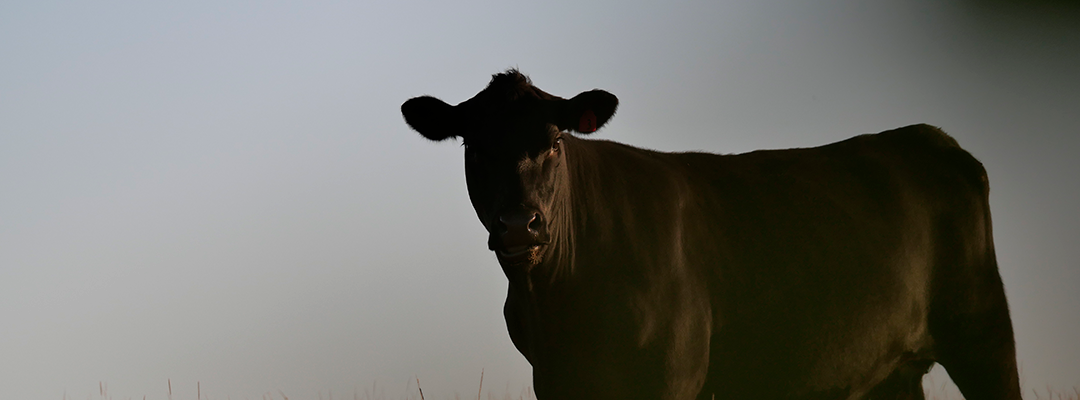
Weaning can be a stressful time for young cattle. It is important that we minimise the stress of transition, focus on keeping daily growth rates on track, and ensure animal health is a priority. Weaning is also a convenient time to administer preventative animal health treatments going into winter. We are talking about worms, trace elements, and vaccinations.
Weaner beef calves with a minimal drench history have a high risk of carrying a significant worm burden in early to mid-April. From the time they have started nibbling pasture and developing a rumen, they have been picking up parasites and shedding many more parasite eggs onto the pasture via faeces.
The main worms we are targeting through autumn and winter are Cooperia (small intestinal worm) and Ostertagia (stomach worm). Cooperia is typically best killed by a levamisole-containing drench, whereas Ostertagia is typically best killed by mectin-containing drenches e.g. abamectin.
Double combination drenches containing these actives have been routinely used for a while now, and resistance is widespread on NZ farms. In fact, a recent NZ case study found triple drench resistance in young cattle. This emphasises the need to double-check the efficacy of the weaning drench you use 10-14 days post-drench, and this is done by taking 10 individual faecal samples and submitting them to your clinic for faecal egg counting (FEC).
There is no point in using a failing drench, because it will ultimately cost more in lack of efficacy and poorer outcomes for the animals and the farm. Without prior testing to assess drench efficacy on your farm, a triple combination oral drench, such as Matrix Calf or Alliance, administered at weaning is gold standard. Regardless, please ensure you are regularly checking the efficacy of drenches that you use on farm.
If growth rates are monitored monthly, a TST (targeted selective treatment) can be implemented towards late autumn/winter. This entails only drenching calves that do not meet your growth rate targets, leaving the rest undrenched and providing a source of drench-susceptible worms to dilute out the genes of drench resistant worms, a system also known as practising refugia.
Clostridial vaccination at weaning is a must-do if a sensitiser and booster vaccine was not given around calf marking; if you save even one calf from a sudden death event, the vaccine pays for itself. Covexin® 10 in 1 vaccination provides the most comprehensive clostridial protection on the New Zealand market, as it covers all clostridial strains covered by the standard 5 in 1 vaccine, plus 5 other clostridial strains. Covexin® 10 in 1 is our gold standard recommendation, especially for any weaners that will be heading onto crops throughout winter as these animals are higher risk. An initial sensitiser dose is required at weaning, followed by a booster shot in four weeks to provide full protection.
Selenium and copper have a significant influence on growth rates and immunity in R1 cattle, with copper particularly so during winter. Ensure every weaner is covered over winter with long-acting products such as 20g copper boluses and injectable long-acting selenium e.g. Selovin™ LA. There is a convenient injectable drench on the market, ‘Eclipse E Sel + B12’, that provides selenium along with a double active injectable drench. B12 is required by all ruminants and their accompanying rumen microbes to produce energy from feed.
These are all areas that can be discussed in greater detail to create tailor-made plans for your farm system. Please get in touch with one of our large animal veterinarians if you are keen to discuss growing your cattle in an efficient and sustainable manner.
References:
Dodunski, G (2024). Winter and spring parasite management in R1 cattle. Beef + Lamb NZ
Sauermann, C., Waghorn, T., Miller, C., Leathwick, D. (2024). Simultaneous resistance to multiple anthelmintic classes in nematode parasites of cattle in New Zealand. Journal of Veterinary Parasitology, 325.
Beef + Lamb New Zealand (2014). Growing cattle fast on pasture. Beef + Lamb New Zealand Fact Sheet, June 2014.